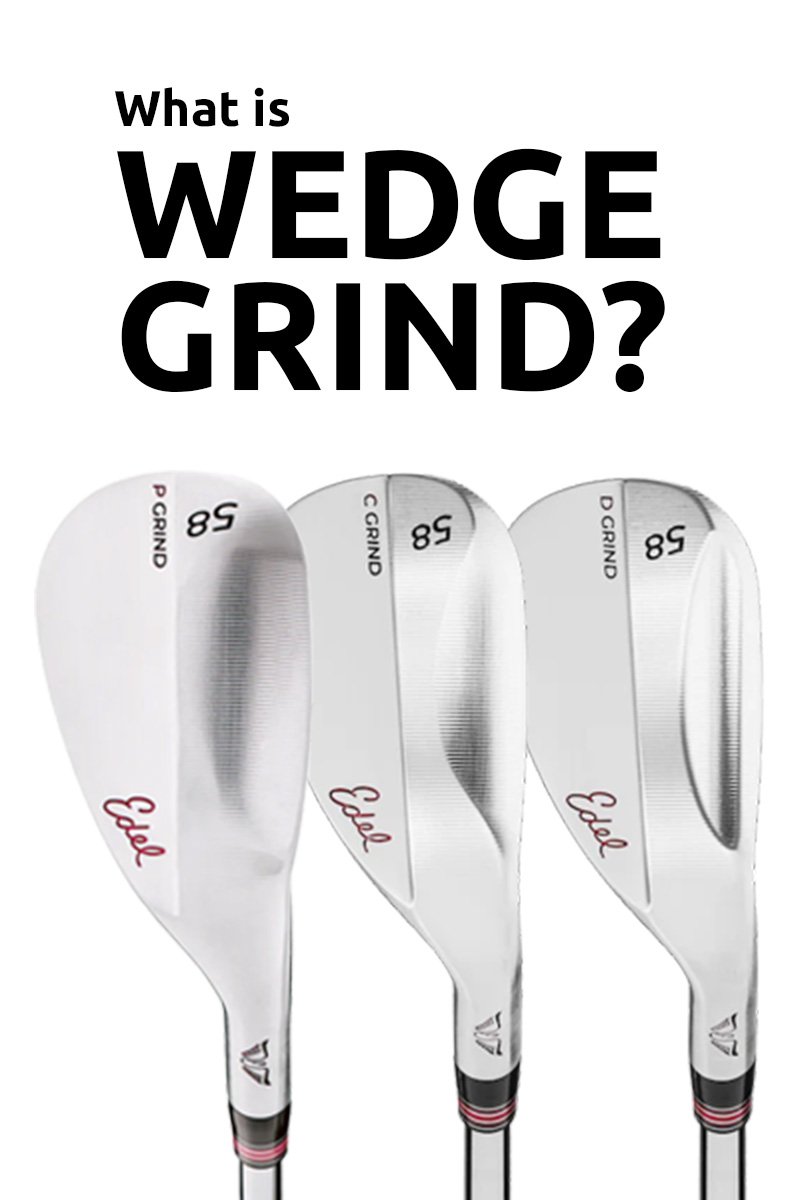Understanding Wedge Bounce
As a beginner golfer, it's important to grasp the fundamentals of golf club design. One key aspect is the wedge bounce, which influences how your club interacts with the turf or sand. In this article, with some help from our sponsor at Edel Golf, we'll explore wedge bounce in depth, explaining its significance and how it can enhance your performance around the greens.
What is Wedge Bounce?
Wedge bounce refers to the angle between the leading edge and the trailing edge of the club's sole, which is the bottom part of the clubhead. It plays a crucial role in determining how the club interacts with the ground during shots. The bounce angle is measured in degrees and can vary across different wedge designs. It's an essential factor to consider when selecting a wedge, as it affects shot outcomes and helps golfers navigate various course conditions.
The relationship between bounce and turf interaction.
One of the largest factors in selecting the right bounce for your wedges is what conditions you find yourself playing in most often. Are you playing wet soft fairways or tight-cut tour level fairways? Are you using a certain wedge primarily out of the bunker? Are those bunkers made with fluffy white sand, or graveling hard packed glorified dirt? Here’s our founder Jake with more.
The grind that you choose for your wedges has a 50/50 relationship on turf interaction with the bounce of the club so make sure to check out our topic on wedge grind after finishing this read!
Choosing the right bounce for you game:
Selecting the appropriate wedge bounce for your game requires consideration of several factors. First, assess the course conditions you frequently encounter. If you often play on soft, lush turf or encounter bunkers with deep sand, wedges with higher bounce angles will be beneficial. Conversely, if you play on firm courses with tightly mown fairways, lower bounce wedges may suit your game better.
Second, consider your swing style and attack angle. Steeper swingers, who tend to take divots, may find higher bounce angles helpful in preventing excessive digging. On the other hand, shallower swingers may prefer lower bounce angles to promote crisp contact with the ball.
Third, personal preference plays a role. Some golfers simply feel more comfortable and confident using wedges with specific bounce angles. Experimenting with different wedges and seeking advice from a club fitting professional can help you identify the ideal bounce angles that suit your game.
Understanding wedge bounce is vital for beginner golfers looking to improve their short game. Remember, higher bounce wedges work well in softer conditions, preventing excessive digging and ensuring smooth interaction with the turf. Lower bounce wedges are preferable on firm turf or tight lies, allowing for clean contact and enhanced shot control. By considering course conditions, swing style, and personal preference, you can select wedges with the appropriate bounce angles to optimize your performance around the greens. Experiment, practice, and seek guidance to find the right wedge bounce that suits your game and helps you achieve better results.
Thanks to our sponsor Edel Golf for supplying us with the product used to demonstrate this topic. For more information on all Edel Golf products or to find an authorized fitting center near you visit edelgolf.com













